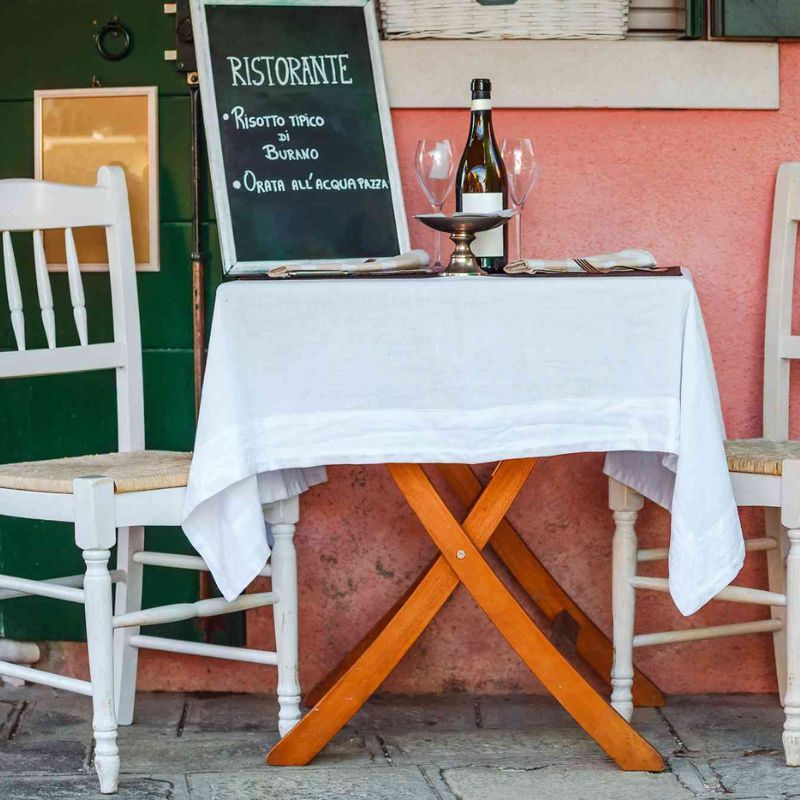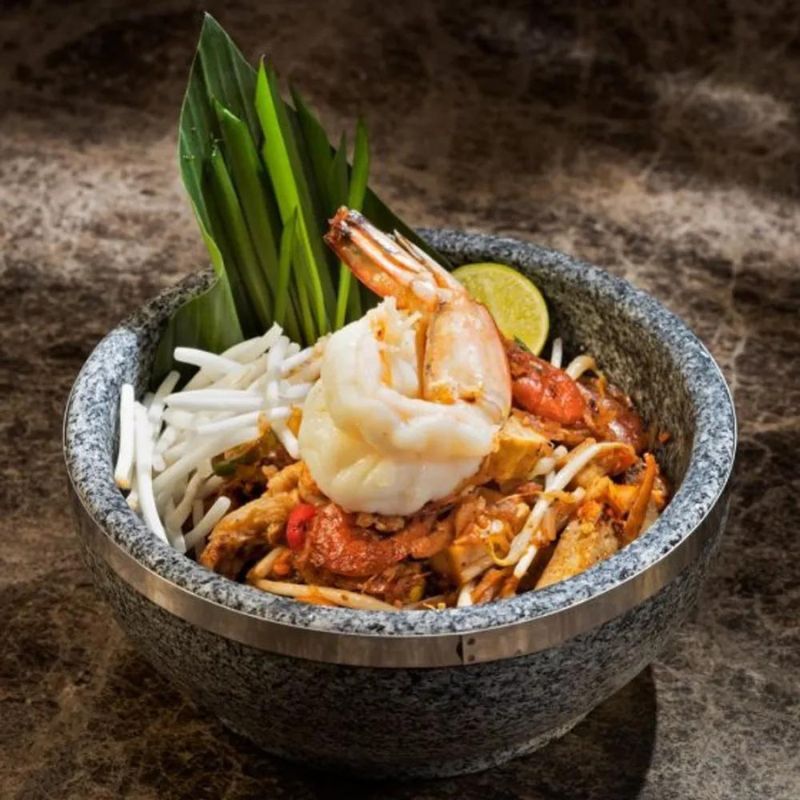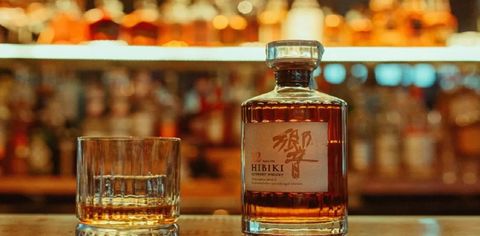
Do you enjoy a classic whisky but are often confused and stare at the aisle while purchasing a bottle? Well, we are here to decode and help you to read and understand whisky labels. By Trinetra Paul
Deciphering a whisky label can be daunting, which is why many whisky drinkers don’t risk venturing beyond just a few mainstream brands. But if you know the technicalities involved in whisky production mentioned on the label, it can help you find a suitable drink that will appeal to your taste buds.
From Bourbon and scotch to oak barrels, age and the region of production, the label gives you all the details. And, with these, you can easily lay your hand on the dram of your liking and speak in-depth about the golden malted barley drink.
But, before delving into the details, it is worth mentioning that you may see the drink spelt both ‘whisky’ and ‘whiskey’. This is because of the country of origin. American and Irish regions spell the drink with an ‘e’ while in Scotland and Canada, it is spelt without it.
Here’s a complete guide on deciphering whisky labels
Brand and distillery
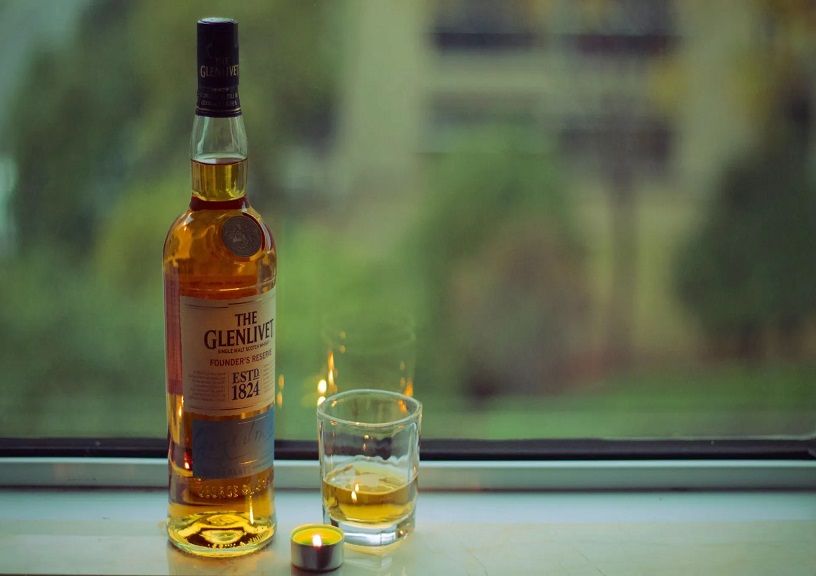
The most striking and vivid detail on the whisky label is the name of the brand or distillery. This is what sets the bottle apart and gives the first impression of the drink to the customer.
However, there are more interesting things to it. Generally, the brand name gives the details of the distillery where the whisky was produced. For instance, Glenlivet, Aberlour, Lagavulin and Suntory Toki.
However, blended malt whiskies are exceptions. If the distilleries sell the drink to blenders (as in the case of Chivas Regal and Johnnie Walker) or independent bottlers (like Gordon & MacPhail, Compass Box and Scotch Malt Whiskey Society), then the name is of the blender who makes the final unique product.
The age

Mentioned right below the brand and distillery, the age of the drink is the next most distinguishable detail on a whisky label. The Scotch whisky law dictates that a spirit can qualify to be called a whisky only after it has aged for at least three years. However, the minimum age of a whisky can vary from place to place.
In the case of single malt whiskies and blends, knowing the age is quite easy. It is mentioned on the label as, for instance, ‘aged 12 years.’ This essentially points to the age of the youngest whisky used in the bottle. Other older whiskies can also be present. In fact, they are commonly incorporated to create complex flavours.
Nonetheless, there are many instances in which the whisky brands don’t reveal the age of the dram. These are branded as no age statements. Ballantine’s Finest, Glenlivet Founder’s Reserve, Johnnie Walker Blue Label, Chivas Extra and Talisker Dark Storm are examples of no age statements.
But this doesn’t imply that the higher the age, the better the whisky. The alcohol ages as long as it sits in the wooden or oak barrels. Once it is poured into the glass bottles, it freezes and stops maturing till opened. From then, the process of decaying begins where the drink oxidises, causing the whisky to change colour and lose its flavour. The alcohol then becomes unappealing to the taste buds.
Type of wood and casks

This is a piece of technical information that talks about the taste and texture of the whisky. For whisky connoisseurs and those who take their whisky on the rocks seriously, this aspect becomes quite crucial in understanding the colour and flavour profile.
The type of oak barrels used, impart their own taste to the alcohol as it ages. Many distillers use multiple wood barrels to make the spirit more rich and intense. Charred new oak barrels, ex-bourbon barrels, sherry barrels, Mizunarra barrels and European oak barrels along with the port, rum and wine barrels are some of the commonly used ones.
Each has its own unique touch to the juice. While ex-sherry casks add sweetness to the dram, ex-bourbon casks add depth and give a layered taste. In recent times, distillers have also started to use different barrels to ‘finish’ off the whisky ageing for a shorter period of time.
Bourbons are stored in new charred oak barrels and corn whiskey, which contains at least 80 per cent corn, is stored in a used charred oak barrel or in a new un-charred oak barrel. Straight whiskies, aged for two years straight, mature in new oak barrels while straight corn whiskey can be aged in new un-charred ones as well.
Whisky region and type
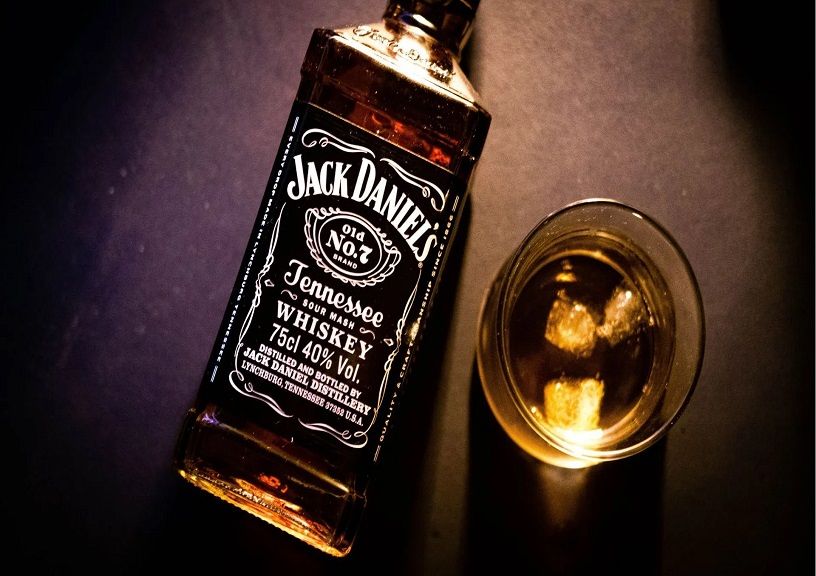
Another unmissable detail on the label, mentioned below the brand and age, is the region and the type of whisky that is in the bottle.
Whether an American Bourbon whiskey, Irish whiskey, Rye whiskey or blended malt, single malt, Scotch, Canadian and other whiskies, all such details are mentioned on the label. This gives information about the region which may affect the aroma and flavour undertones of the dram.
Scotland is considered the Mecca of whiskies and just the umbrella term of Scotch whiskies doesn’t always work. It has five different whisky-producing regions— the Highlands, the Lowlands, the Speyside, Islay and Cameronbridge. Each of these has its own specialities and therefore single malt scotch labels specify the region as well. In the case of other nationalities, the name of the country of origin is specified like Irish, Japanese or Indian whiskies.
Alcohol content

Needless to say, the alcohol content is what defines the quality and the type of whisky that is being produced. This is denoted by the alcohol by volume (ABV) percentage or by the term ‘Proof’ for American whiskeys. The latter is just twice the ABV; which means 80-proof denoted 40 % ABV.
Bourbons are distilled at not more than 160 proof and then stored at less than 125 proof and corn whiskey is stored at 160 proof.
The coveted ‘bonded’ or ‘bottled-in-bond’ whiskey has 100 ABV or 50-proof and is produced in a single distilling season (January to December). It is then matured for four years under the USA government’s supervision. This American whiskey label must specify the distillery and other details of bottling as the government takes responsibility for its safety.
Size of the bottle
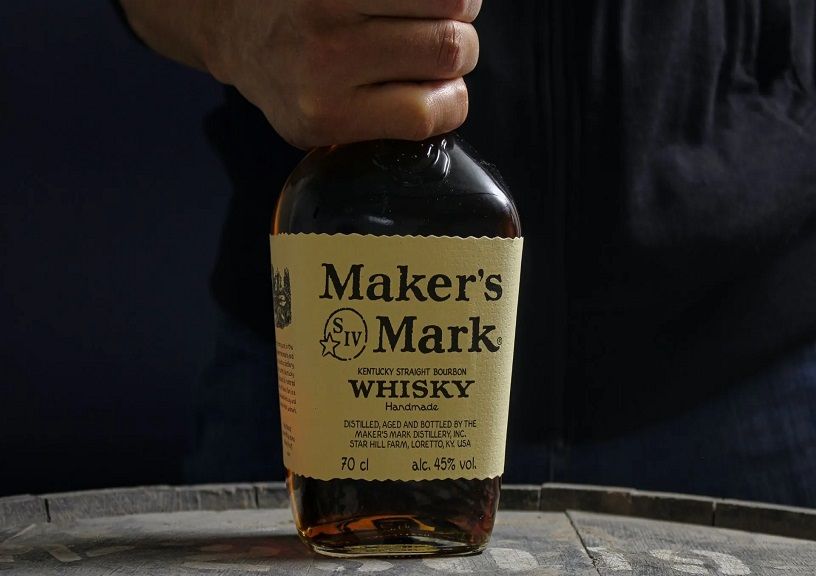
Regular whisky takers can easily guess the whisky bottle size by taking a glance at it. However, you can simply eliminate all the guesswork and be sure of the volume by a quick look at the whisky label.
Generally, there are two ways of mentioning the bottle size. The standard and the most straightforward way is to mention it in millilitres or ML. All Indian whisky brands follow this system. The other way, which is mostly followed by Scotch and Irish brands, is to mention the volume in centilitres or cl. If a bottle says 70 cl, it denotes 700 ml. Similarly, a 100 cl will imply 1 l and smaller quantities like 65 cl will imply 650 ml.
Other details

The Expression is another detail which you may or may not find in most details these days. Brands mostly give their or the distillery’s name which is popularly known, along with the age. However, to commemorate special occasions or to attract audience attention, some special expressions are launched. For instance, The Glenlivet ‘Founder’s Reserve’ was named to honour George Smith, the founder of the Speyside whisky giant.
At times, distilleries chill-filter their produce to remove impurities and esters. If present, these tend to make the drink cloudy and thick. However, in recent times filtration is being avoided and if you see ‘non-chill filtered’ mentioned on your whisky label, it means that the drink has not been chill-filtered by distilleries.
If the whisky label mentions using sour mash, don’t be alarmed. It simply refers to the fact that some of the mash from the previous batch has been used. It gives a new dimension to the flavour and adds a new detail about how the drink was made.
Another term which might be printed on the whisky label is small batch. This generally indicates a handcrafted limited edition release but it is commonly used as a marketing strategy to attract buyers.
(This story first appeared on lifestyleasia.com/ind)
Related: 14 Best Whiskies In India To Add To Your Home Bar








